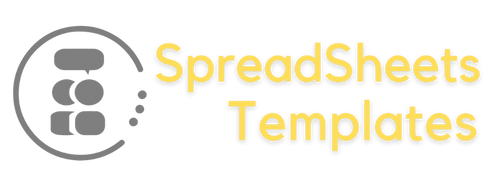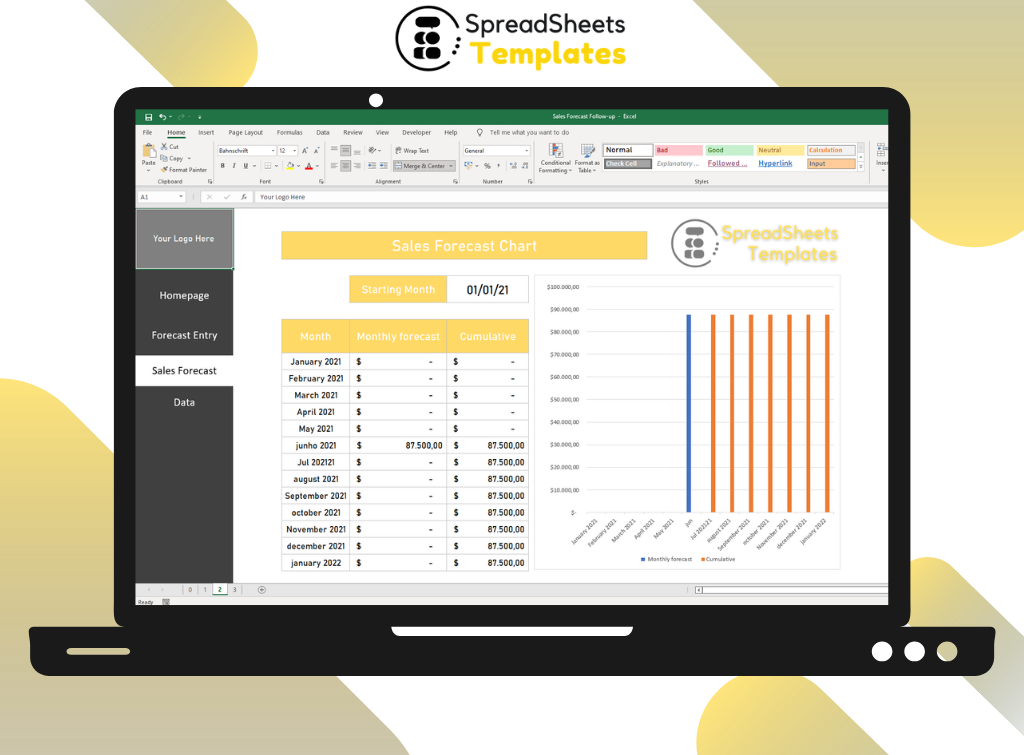Sales Forecast Follow-up Leave a comment
Maximizing Revenue Potential
Introduction
In today’s competitive business landscape, sales forecasting plays a vital role in strategic planning and decision-making. It allows organizations to project future sales and anticipate market trends, enabling them to make informed decisions about resource allocation, production, and overall business growth. However, the true value of sales forecasting lies in the follow-up process. In this article, we will explore the importance of sales forecast follow-up and discover effective strategies to maximize revenue potential.
Sales Forecast Follow-up: Unleashing the Power of Data
The follow-up stage is where the real magic happens in sales forecasting. It’s an opportunity to assess the accuracy of your predictions, identify gaps between forecasted and actual results, and refine your sales strategies accordingly. By analyzing the data and insights gained from the follow-up process, businesses can unlock valuable opportunities to optimize revenue potential.
The Role of Follow-up in Refining Sales Strategies
- Adjusting Sales Targets: Through follow-up analysis, organizations can determine if their initial sales targets were too ambitious or conservative. By understanding the gaps between forecasted and actual sales, companies can fine-tune their targets to align with market realities and set achievable goals.
- Identifying Performance Patterns: Sales forecast follow-up helps in identifying patterns in sales performance. By analyzing these patterns, businesses can identify areas of strength and weakness, empowering them to optimize their resources and focus efforts on high-performing products or market segments.
- Nurturing Customer Relationships: Following up on sales forecasts allows businesses to nurture customer relationships. By understanding customer behavior and preferences, companies can tailor their marketing and sales efforts to meet the unique needs of their target audience, ultimately driving customer satisfaction and loyalty.
Leveraging Technology for Effective Follow-up
In today’s digital age, leveraging technology is crucial for streamlining and optimizing the sales forecast follow-up process. Here are some technological tools and strategies to enhance your follow-up efforts:
CRM Software for Efficient Data Management
Implementing a Customer Relationship Management (CRM) software is essential for effective sales forecast follow-up. CRM systems enable businesses to centralize customer data, track sales performance, and generate comprehensive reports for analysis. By leveraging CRM technology, companies can streamline their follow-up process, ensuring that no valuable data falls through the cracks.
Data Visualization and Reporting Tools
To gain actionable insights from sales forecast data, utilizing data visualization and reporting tools is highly beneficial. These tools help transform complex data into easy-to-understand visual representations such as charts, graphs, and tables. With clear visualizations, businesses can quickly identify trends, patterns, and performance gaps, allowing them to make data-driven decisions during the follow-up process.
FAQs about Sales Forecast Follow-up
1. What is the ideal frequency for sales forecast follow-up?
The ideal frequency for sales forecast follow-up depends on the nature of your business and the market dynamics. In general, it is recommended to conduct follow-up analysis on a monthly or quarterly basis. However, industries with rapid market changes or seasonal fluctuations might require more frequent follow-up assessments.
2. How can I ensure the accuracy of my sales forecast data?
Ensuring the accuracy of your sales forecast data requires attention to detail and continuous data validation. It’s crucial to regularly compare your forecasted numbers with actual sales data and identify any discrepancies. Additionally, incorporating feedback from the sales team and key stakeholders can help refine and validate your sales forecast.
3. What steps can I take to address gaps between forecasted and actual sales?
To address gaps between forecasted and actual sales, it’s important to conduct a thorough analysis of the factors that contributed to the variance. Assess market trends, customer behavior, competitive landscape, and internal factors such as sales strategies and resource allocation. Based on this analysis, adjust your sales tactics, refine targeting, and allocate resources more effectively.
4. How can follow-up analysis improve customer satisfaction?
Follow-up analysis provides insights into customer behavior, preferences, and purchasing patterns. By leveraging these insights, businesses can enhance their customer segmentation, personalize their marketing efforts, and deliver a more tailored customer experience. This, in turn, increases customer satisfaction and fosters long-term loyalty.
5. What are the key metrics to track during sales forecast follow-up?
Key metrics to track during sales forecast follow-up include sales conversion rates, average deal size, customer acquisition costs, sales cycle length, and customer retention rates. These metrics provide a comprehensive overview of your sales performance, allowing you to identify areas for improvement and measure the effectiveness of your sales strategies.
6. How can AI and machine learning enhance sales forecast follow-up?
AI and machine learning technologies can significantly enhance sales forecast follow-up by automating data analysis, identifying patterns and trends, and generating accurate predictions. These technologies can process vast amounts of data quickly and provide real-time insights, enabling businesses to make informed decisions and adapt their sales strategies in a dynamic market environment.
Conclusion
Sales forecast follow-up is a critical process for organizations seeking to maximize their revenue potential. By diligently analyzing sales data, identifying performance gaps, and refining sales strategies, businesses can unlock new opportunities for growth and optimize their operations. Leveraging technology, such as CRM software and data visualization tools, enhances the efficiency and effectiveness of the follow-up process. With a proactive approach to sales forecast follow-up, businesses can stay ahead of the curve and achieve sustainable success in today’s competitive marketplace.


